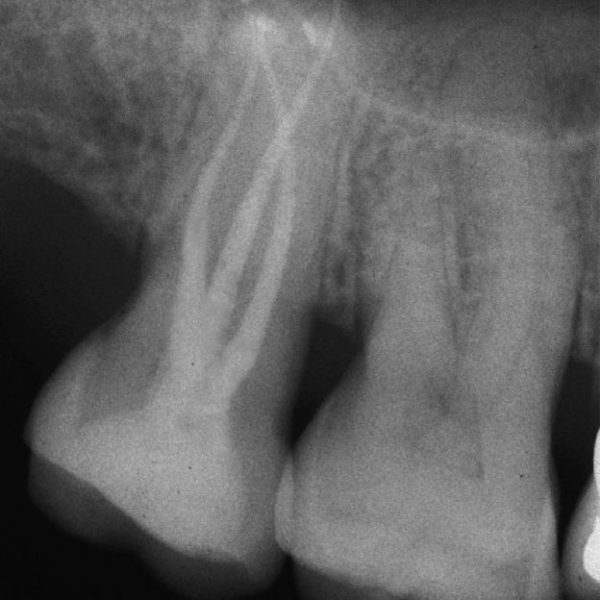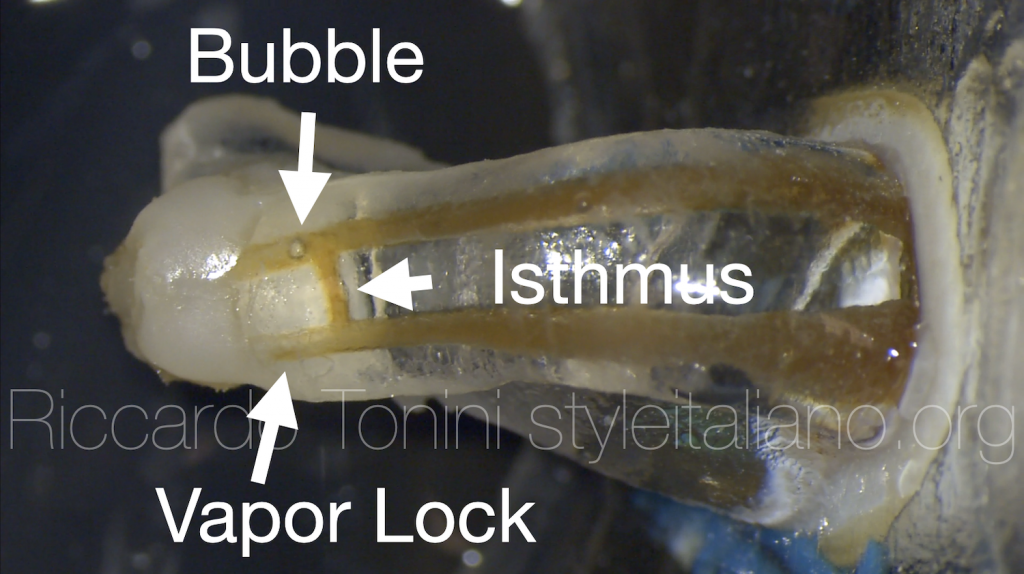
Apical fluid dynamics: the irrigant exchange
15/07/2020
Riccardo Tonini
Warning: Undefined variable $post in /var/www/vhosts/styleitaliano-endodontics.org/endodontics.styleitaliano.org/wp-content/plugins/oxygen/component-framework/components/classes/code-block.class.php(133) : eval()'d code on line 2
Warning: Attempt to read property "ID" on null in /var/www/vhosts/styleitaliano-endodontics.org/endodontics.styleitaliano.org/wp-content/plugins/oxygen/component-framework/components/classes/code-block.class.php(133) : eval()'d code on line 2
Syringe irrigation remains a widely used irrigant delivery method during root canal treatment. Unfortunately in the apical region there is always a limited liquid exchange due to physical and mechanical reasons. It means that the chemical actions of our irrigants can be limited and ineffective.
Can we make the irrigant apical exchange more predictable in our daily practice?
Root canal irrigation can be viewed as the flow of a liquid (irrigant) inside a root canal system with an irregular shape, even if a tapered shape is created with rotary files. We have to consider also the the root canal behaves mostly like a closed-ended system, so when we do in vitro experiments the apical foramen should be partially sealed in order to replicate the permeability of 25mmHg of the bone. In fact, a closed apical foramen results in a significantly more complicated flow pattern and adds considerable obstacles for irrigant penetration compared to a root canal open from both sides, even if no air bubbles are entrapped apically. If we are able to replicate this model, we can evaluate the best feasible technique for optimizing the apical liquid exchange.
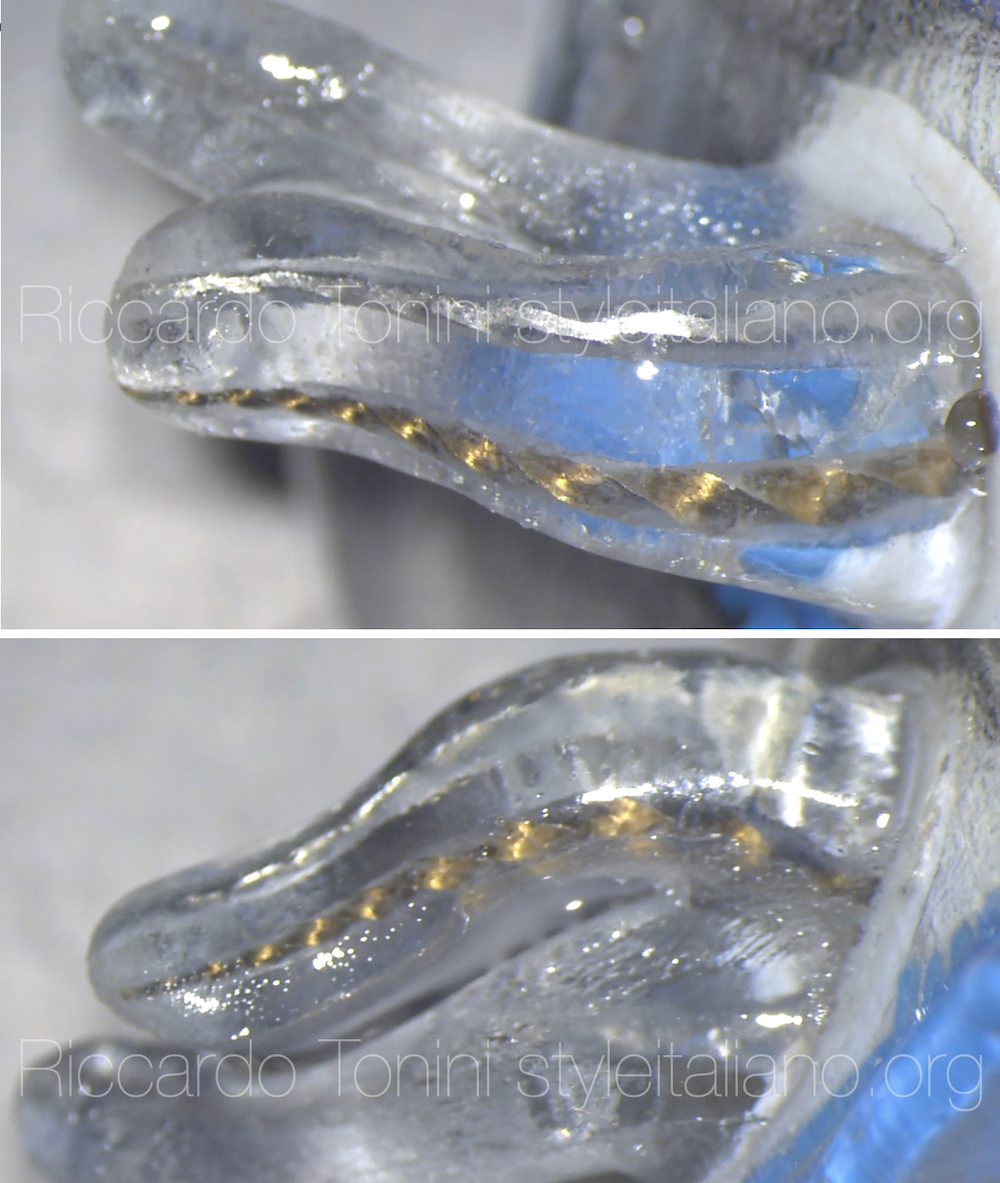
Fig. 1
Mesial canals has been shaped with: ML a Fanta Af f one 20/04 and MB with a Protaper gold F1 Dentsply Maileffer
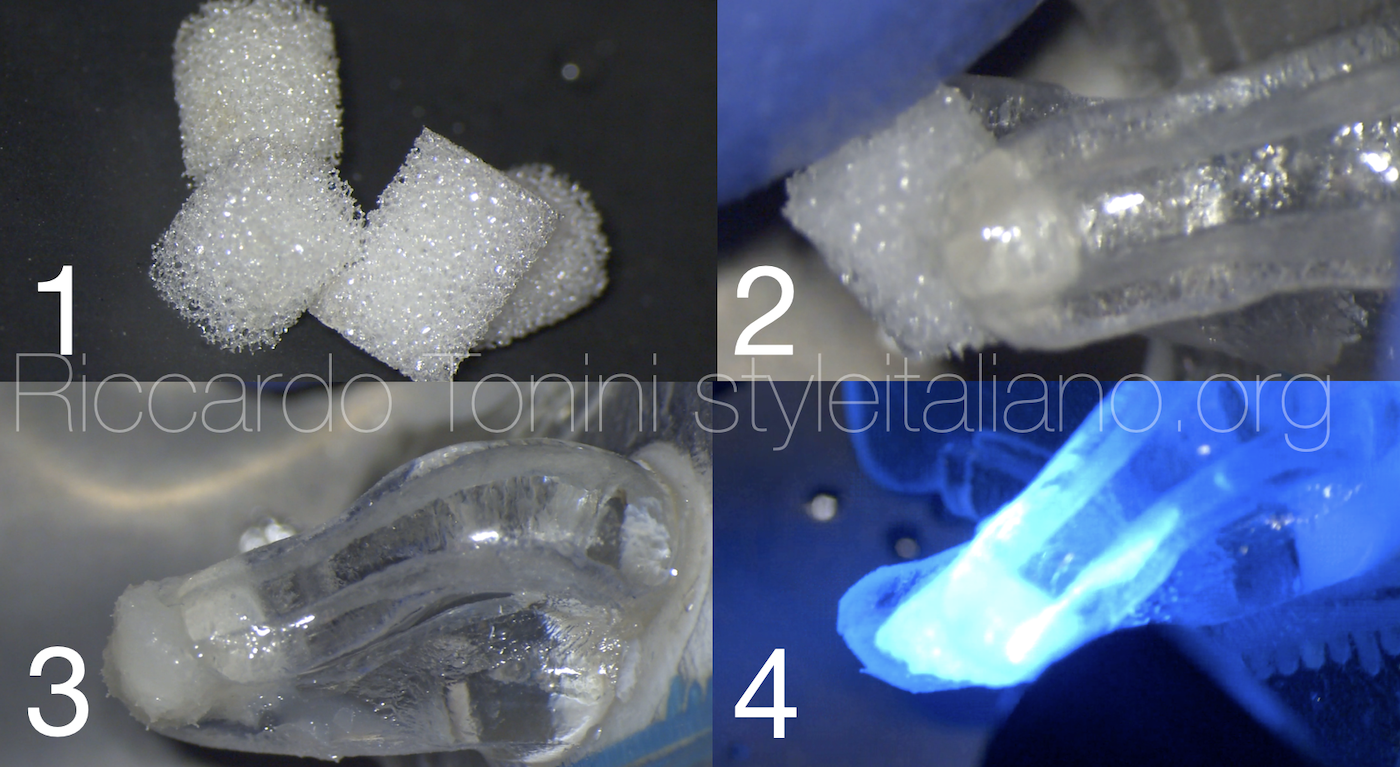
Fig. 2
Model preparation.
In this case has been used Ufo10 3d printed model , with deep double curvature in mesial canals. In order to reproduce the permeability, a micro sponge is dipped inside flow composite and polimerized close to the apex. In this way, the liquid can extrude if pressure is too much and is also easy replicate in vivo situation with voids and bubbles

Fig. 3
The typical complicated scenario.
At the same time we have three different problems. The anatomy, a vapor lock in the apical area and a bubble. All these factors can affect the level of disinfection, if the irrigant is not completed changed during every refreshment.
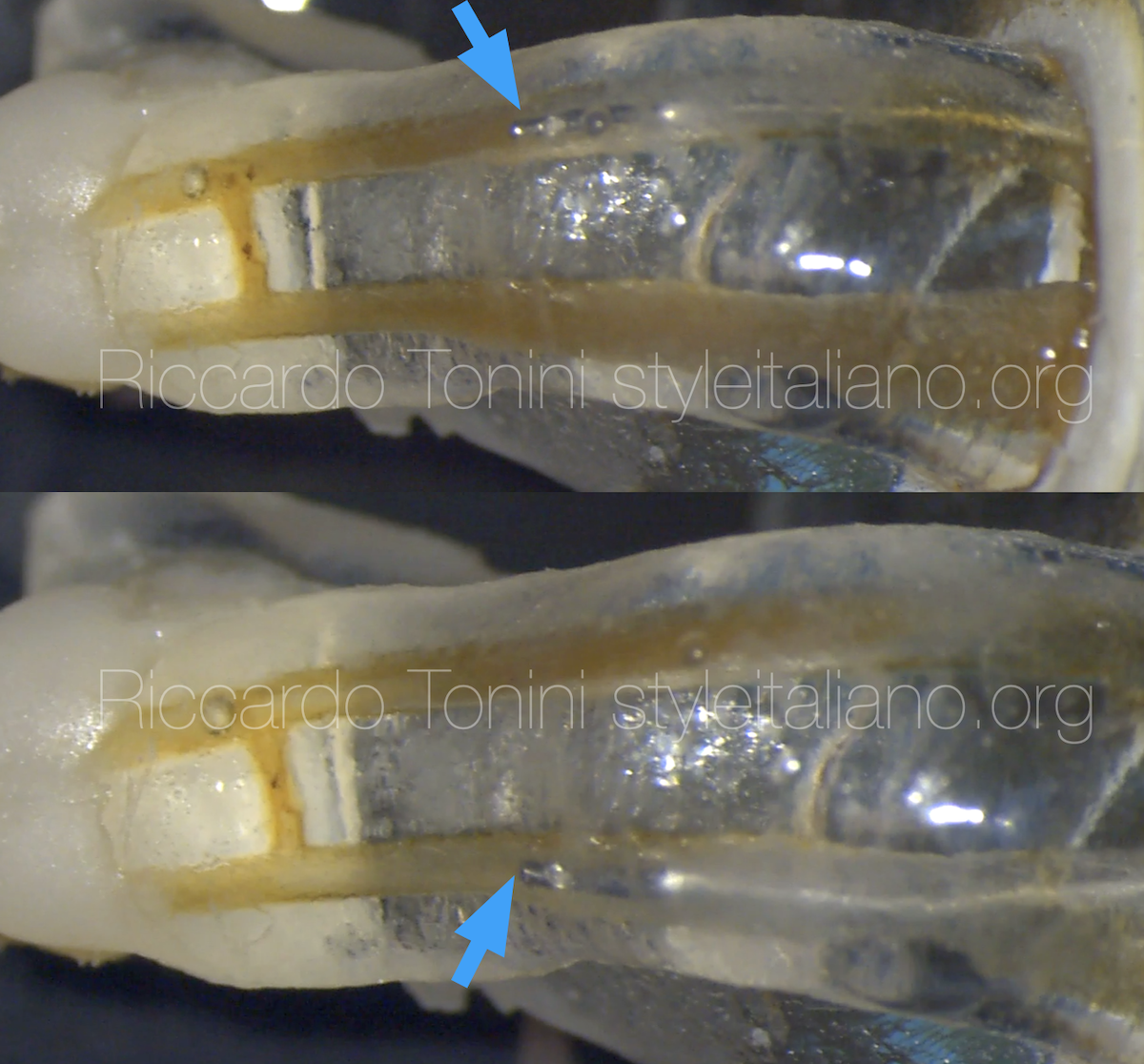
Fig. 4
Conventional 30 G metal needle with side vent is not able to penetrate over first curvature and as consequence is not able to change completely the irrigant, leaving the apical region with old ones
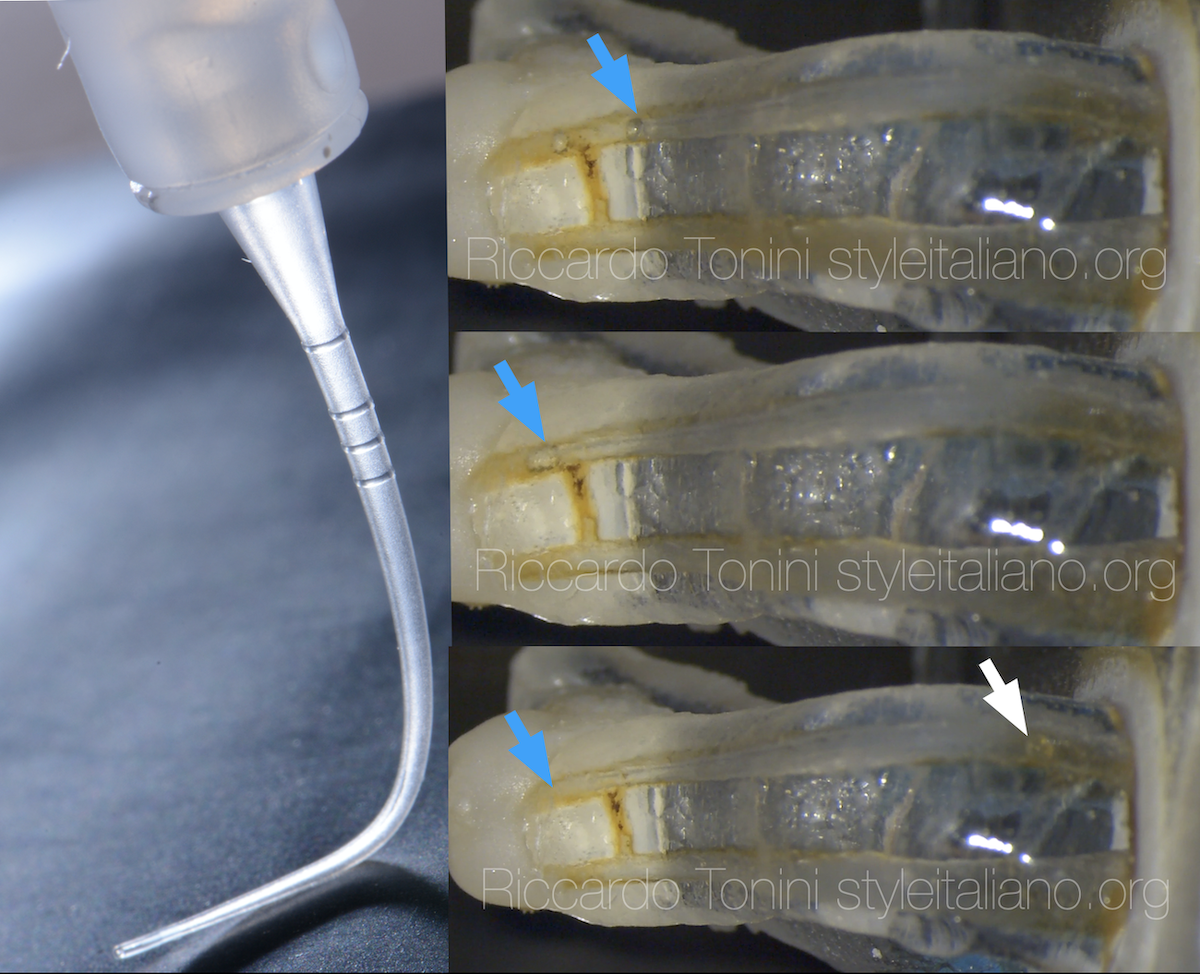
Fig. 5
Recently has been introduced irriflex (Produits Dentaires), a polymeric needle of 30G with a double site vent. This needle is a real game changer , because it’s able to penetrate inside any kind of anatomy. In this sequence is well shown how the tip penetrates, reaches the apical region, removes the bubble ( white arrow) and completely refills the canal with fresh irrigant
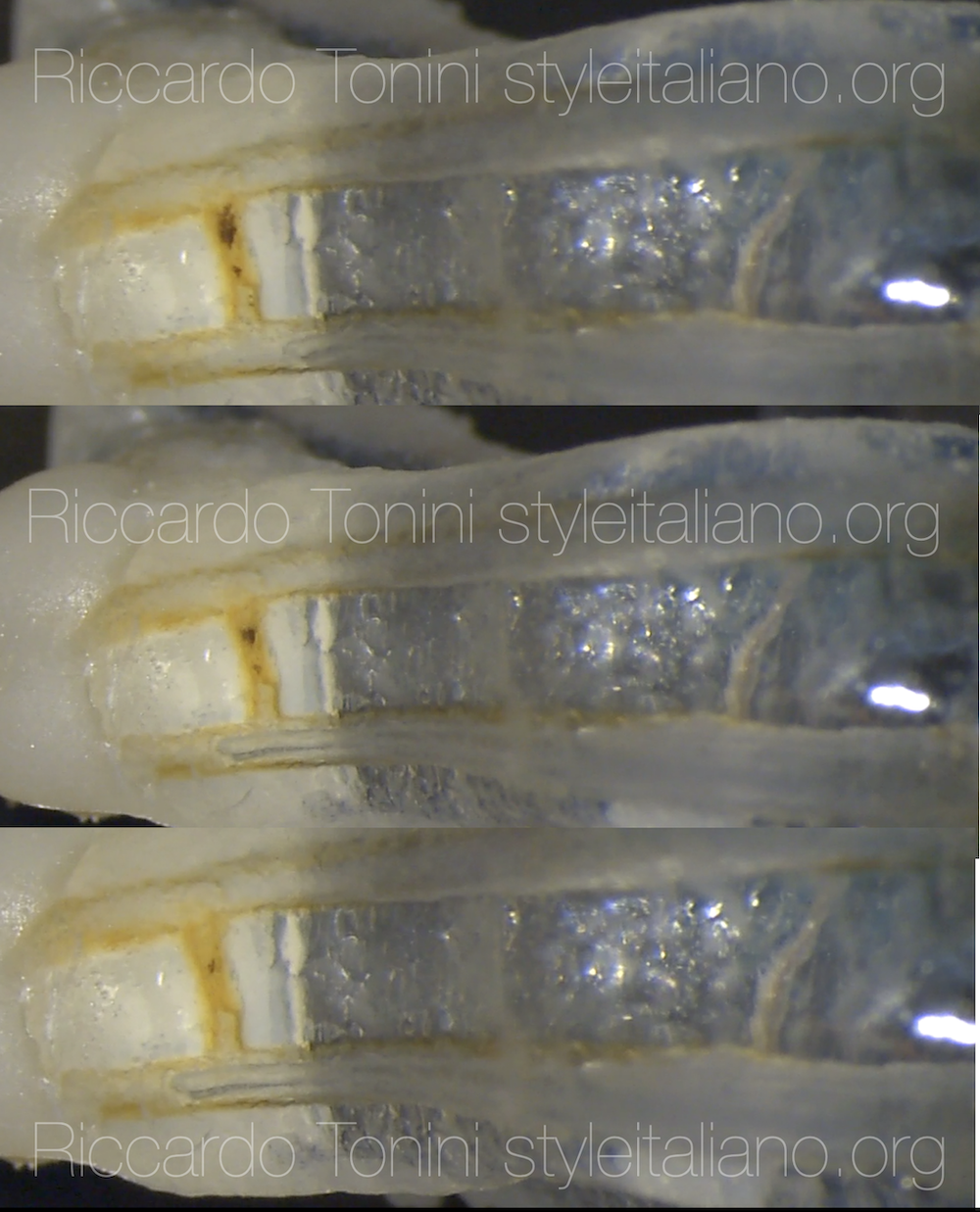
Fig. 6
Irriflex produces also a shear lateral stress, and can induce irrigant penetration inside hollow anatomies. In this sequence is shown how is able to remove remnants from the Isthmus.
Conclusions
Sometimes we miss the basis of Endodontics and we are really slow in changing and improving our daily practice. About deep cleaning we can only imagine a perfect debridement of the RCS, but unfortunately it is unpredictable. The most we can do is try to perform a deep irrigant exchange and this is only possible thanks to a polymeric needle Irriflex. Vapor Lock, bubbles and all kind of anatomies are no more problems for the clinician.
Bibliography
Boutsioukis C. Application of a computational fluid dynamics model to the study of root canal irrigation. Doctoral Thesis. Thessaloniki: Aristotle University of Thessaloniki; 2010. p. 1–530.
Boutsioukis C, Verhaagen B, Versluis M, Kastrinakis E, van der Sluis LWM. Irrigant flow in the root canal: experimental validation of an unsteady computational fluid dynamics model using high-speed imaging. Int Endod J. 2010;43:393–403.
Boutsioukis C, Verhaagen B, Versluis M, Kastrinakis E, Wesselink P, van der Sluis LWM. Evaluation of irrigant flow in the root canal using different needle types by an unsteady computational fluid dynamics model. J Endod. 2010;36:875–9.
Boutsioukis C, Lambrianidis T, Verhaagen B, Versluis M, Kastrinakis E, Wesselink P, van der Sluis LWM. The effect of needle insertion depth on the irrigant flow in the root canal: evaluation using an unsteady computational fluid dynamics model. J Endod. 2010;36:1664–8.
Verhaagen B, Boutsioukis C, Heijnen GL, van der Sluis LWM, Versluis M. Role of the confinement of a root canal on jet impingement during endodontic irrigation. Exp Fluids. 2012;53:1841–53.
Boutsioukis C, Kastrinakis E, Lambrianidis T, Verhaagen B, Versluis M, van der Sluis LWM. Formation and removal of apical vapor lock during syringe irrigation: a combined experimental and computational fluid dynamics approach. Int Endod J. 2014;47:191–201.



